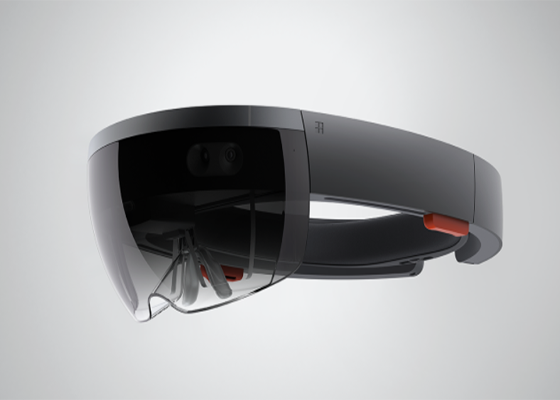The surprise reveal of Microsoft’s HoloLens back in 2015 caught the world off guard. The product hadn’t leaked, and it offered something genuinely new: a self-contained headset that mixed 3D computer graphics with the real world, offering the kind of augmented reality experience that had hitherto been the sole preserve of science fiction. Unlike virtual reality headsets, which completely occlude your view, HoloLens lets you see the whole world in all its glory, obscuring only those parts that were hidden behind virtual objects.
It borrowed from work done with Kinect, containing complex systems for mapping and tracking the room and objects around you. The setup enabled full, untethered operation without needing any base stations or object markers. As a melding of the virtual and the real, the HoloLens was thoroughly convincing.
There is, however, a big gap in Microsoft’s product line-up and a big question mark over its potential marketplace uptake. First, the question mark: does the world want headsets? Microsoft’s platform is driving the cost of those headsets down—they should start at about $300, compared to $500-$600 for first-generation, PC-based headsets. The platform is also making the headsets much simpler—no base stations to stick on the walls, just plug in the headset and go. But it still means buying an extra accessory for your PC.



